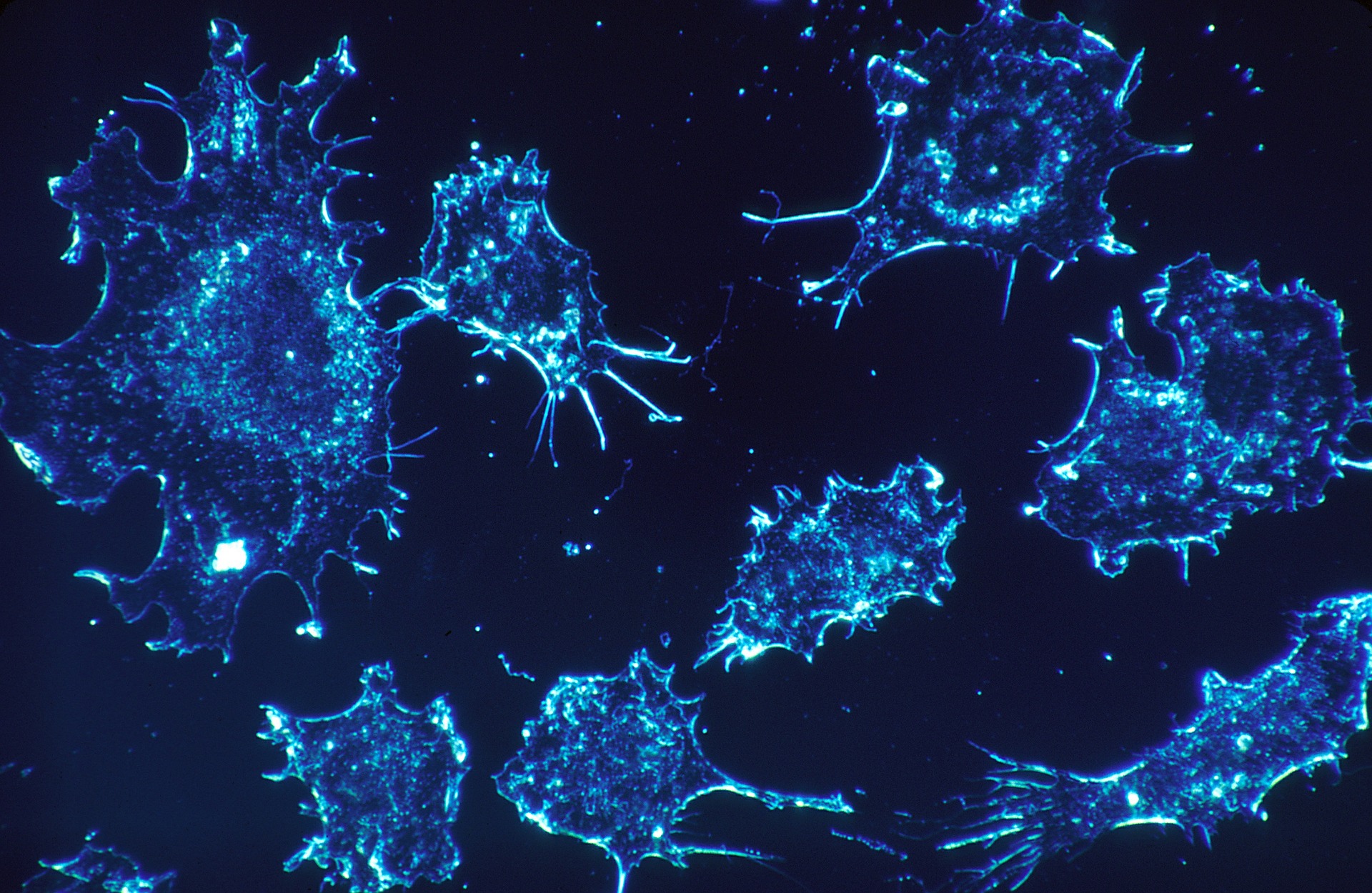New research finds that the way melanoma cells interact with the body’s natural signal carriers can help the disease spread. A study from the University of Eastern Finland and University of Helsinki has found that the extracellular vesicles secreted by melanoma cells use the signalling pathway to intensify the malignant properties of the cells they are targeting. This study is published in Cellular and Molecular Life Sciences. This knowledge can help scientists discover better ways to treat and diagnose melanoma.
According to the research, they identified that a lot of the functions in our body have remained unchanged over the years, throughout evolution. The Sonic hedgehog gene, which gets its name from the video game character, is a member of the gene family that is associated with signaling pathways.
“In mammals, members of the hedgehog gene family are essential regulators of fetal development, but they are also associated with stem cell division in later stages of development and even in adults. Recent studies suggest that their expression is also associated with many different types of cancer, including skin cancers.”
Melanoma is the most severe form of skin cancer, and it is becoming more and more common. According to Cancer.net, an estimated 96,480 adults in the US will be diagnosed with invasive melanoma of the skin. It is the fifth most common cancer among men and women. It is also estimated that there will be 7,230 deaths from melanoma this year.
According to abcam, extracellular vesicles (EVs) are known to facilitate intercellular communication in various cellular processes. This includes immune responses and coagulation. Cancer cells also use extracellular vesicles to deliver signals and to change their environment to make it more favorable for growth. Furthermore, they are used as carriers of drugs to fight diseases — this is why they are being studied by many researchers.

The report states that “EVs can stimulate malignant transformation of target cells either by paracrine signaling or by fusion and internalization with the recipient cells. The importance of EVs in cancer progression was first observed in 1980 when vesicles from highly metastatic melanoma cells (B16 mouse-F10) enabled poorly metastatic cells (mouse B16-F1) to metastasize to the lungs.
In this research, scientists found a link between extracellular vesicles and products of the hedgehog genes where the vesicle-secreting melanoma cells are intensifying the malignant properties of the cell that are being targeted through the hedgehog signalling pathway.
“It is quite a coincidence that these signal-carrying vesicles originate from cells that are also known as hedgehog cells due to their microscopically small, spike-like protrusions. These protrusions […] are typically found in cells that are active in producing hyaluronan, the most common sugar molecule in the extracellular matrix,” Docent Kirsi Rilla from the University of Eastern Finland says.
In the study, they “treated normal keratinocytes and melanoma cells with EVs originating from metastatic melanoma cells overexpressing GFP-HAS3 and investigated their possible effects on the target cell properties. We observed that GFP-HAS3 EVs carried IHH, HAS3, EGF, EGFR and CD44. Moreover, IHH in HAS3-EVs activated the HH signaling pathway, which subsequently triggered c-Myc activation, cell proliferation and epithelial-to-mesenchymal transition. c-Myc-induced proliferation of target cells was mediated by the regulation of claspin. This study shows for the first time that EVs originating from HAS3 overexpressing cells carry mitogenic signals that induce sustained proliferation and EMT in target cells.”
Therefore, the findings concluded that the hedgehog signaling pathway gives scientists promise as a target for drug therapy in melanoma and other cancers. Researchers can now develop better diagnostics and drug therapy for patients with melanoma.












Join or login to leave a comment
JOIN LOGIN